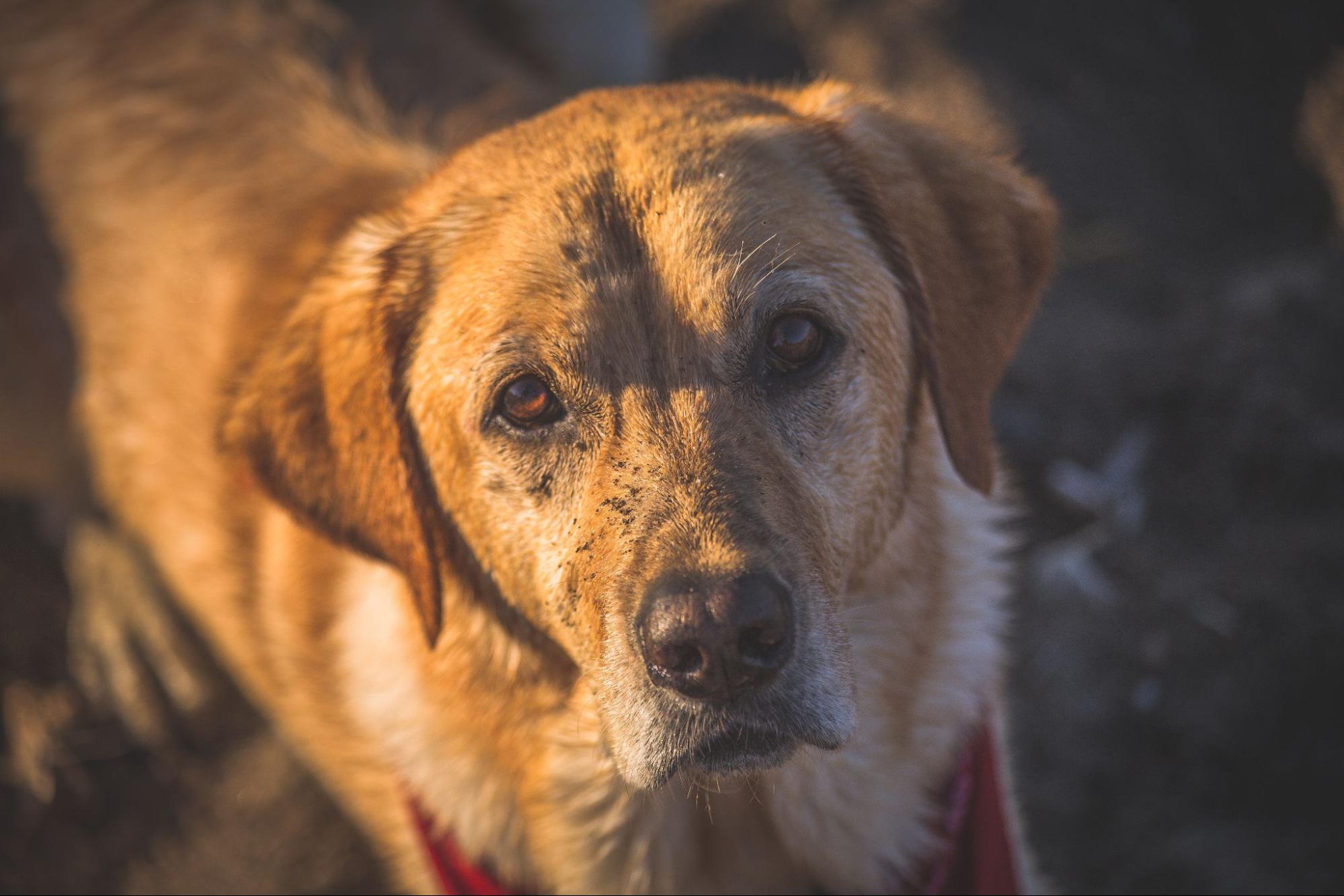How to Train a Dog to Not Jump
Training a Labrador to stop jumping can be a challenging task, but with the right techniques and consistency, it’s definitely achievable. In this article, I’ll provide you with some valuable tips on how to train your dog to not jump.
Firstly, it’s important to understand why Labradors tend to jump in the first place. They are naturally energetic and enthusiastic animals who often use jumping as a way to greet their owners or express excitement. However, we need to teach them that jumping is not an appropriate behavior.
One effective method is called “Four on the Floor.” Essentially, this involves rewarding your Labrador when they keep all four paws on the ground during greetings or interactions. Start by ignoring your dog if they try to jump up on you and wait for them to calm down. Once they have settled down and all four paws are on the floor, reward them with praise or a treat. Repeat this process consistently until your Labrador understands that keeping their feet on the ground results in positive reinforcement.
Additionally, providing alternative behaviors can redirect their energy away from jumping. Teach your dog basic obedience commands such as “sit” or “down,” and reinforce these commands during greetings or moments of excitement. By giving them clear instructions and rewarding them for following through, you’re encouraging calm behavior instead of jumping.
Teaching Basic Commands
When it comes to training your Labrador and preventing them from jumping, teaching basic commands is essential. These commands not only provide structure and discipline but also help establish you as the leader of the pack. Here are some tips to effectively teach your dog basic commands:
- Start with the basics: Begin by introducing simple commands like “sit,” “stay,” and “down.” Use positive reinforcement techniques such as treats or praise to reward your Labrador when they successfully perform these commands. Consistency is key here, so practice these commands in various environments to reinforce their understanding.
- Use clear and concise cues: Dogs respond best to clear and consistent cues, so make sure your verbal commands are easy to understand. Pair each command with a specific hand signal or gesture to enhance communication. For example, raise your palm facing upward while saying “sit” or point downward for “down.” This visual cue will help your Labrador associate the action with the command more easily.
- Gradually increase difficulty: Once your Labrador has mastered the basic commands, gradually introduce more challenging ones like “leave it” or “come.” These advanced commands require greater focus and self-control from your dog. Break down these complex tasks into smaller steps and reward them at every successful milestone.
- Practice patience and persistence: Training takes time, so be patient with your Labrador throughout the learning process. Understand that dogs learn at different paces, so don’t get discouraged if progress seems slow initially. Consistent practice, positive reinforcement, and gentle correction will eventually yield results.
- Seek professional guidance if needed: If you’re struggling with training or feel overwhelmed by certain behaviors like excessive jumping, consider seeking guidance from a professional dog trainer experienced in working with Labradors specifically.

Understanding the Jumping Behavior
When it comes to training a Labrador to not jump, it’s crucial to understand the underlying reasons behind this behavior. Dogs often jump as a way to greet their owners or express excitement. While it may seem harmless at first, excessive jumping can become a nuisance and even pose a safety risk.
Here are some key factors to consider when trying to comprehend your Labrador’s jumping behavior:
- Natural Instincts: Jumping is an instinctual behavior in dogs, especially for energetic breeds like Labradors. In the wild, dogs would jump up on each other as a way of asserting dominance or showing submission. So, when your Labrador jumps on you or others, it could be their way of seeking attention or establishing their place in the pack.
- Reinforcement: Dogs learn through reinforcement, both positive and negative. If your Labrador receives attention or rewards when they jump, they’ll associate jumping with getting what they want. This can inadvertently reinforce the behavior and make it more difficult to correct.
- Lack of Training: Like any unwanted behavior, jumping can be minimized through consistent training and clear boundaries. However, if your Labrador hasn’t received proper training from an early age, they may continue jumping out of habit rather than understanding that it’s undesirable.
- Excitement and Energy: Labradors are known for their exuberant personalities and abundant energy levels. They may resort to jumping as an outlet for excess energy or as a means of expressing joy in certain situations such as seeing familiar faces after separation.
- Seeking Attention: Some Labradors may resort to jumping simply because they crave attention from their owners or visitors. By leaping up, they hope to capture your focus and engage with you more closely.